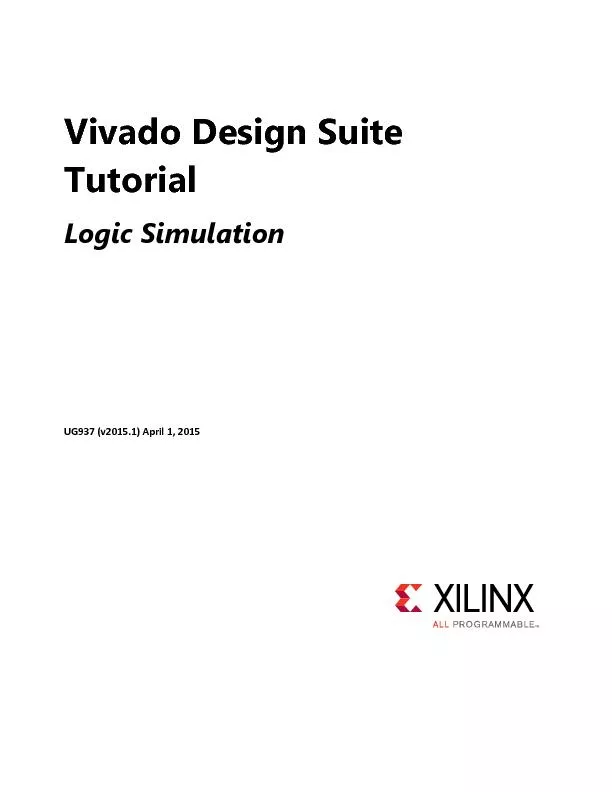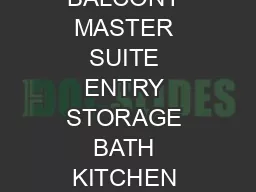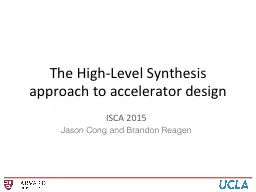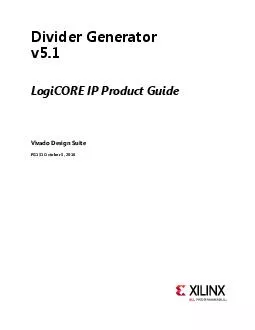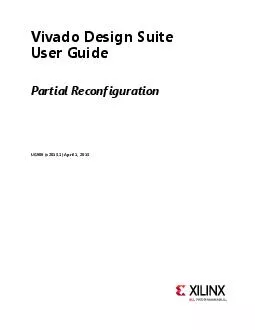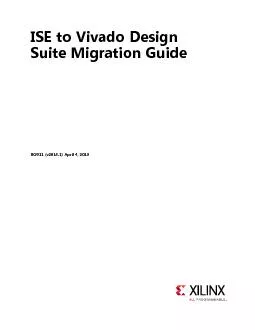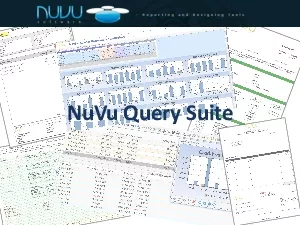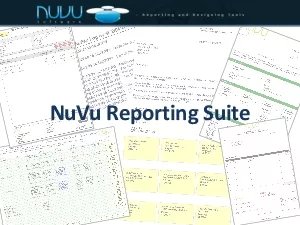PDF-Vivado Design Suite
Author : myesha-ticknor | Published Date : 2016-08-02
Tutorial Logic Simulation UG937 v20151 April 1 201 5 Revision History Date Version Revision 04012015 20151 xF0B7 Updated text throughout to reflect current version xF0B7 Obsolete
Presentation Embed Code
Download Presentation
Download Presentation The PPT/PDF document "Vivado Design Suite" is the property of its rightful owner. Permission is granted to download and print the materials on this website for personal, non-commercial use only, and to display it on your personal computer provided you do not modify the materials and that you retain all copyright notices contained in the materials. By downloading content from our website, you accept the terms of this agreement.
Vivado Design Suite: Transcript
Download Rules Of Document
"Vivado Design Suite"The content belongs to its owner. You may download and print it for personal use, without modification, and keep all copyright notices. By downloading, you agree to these terms.
Related Documents

